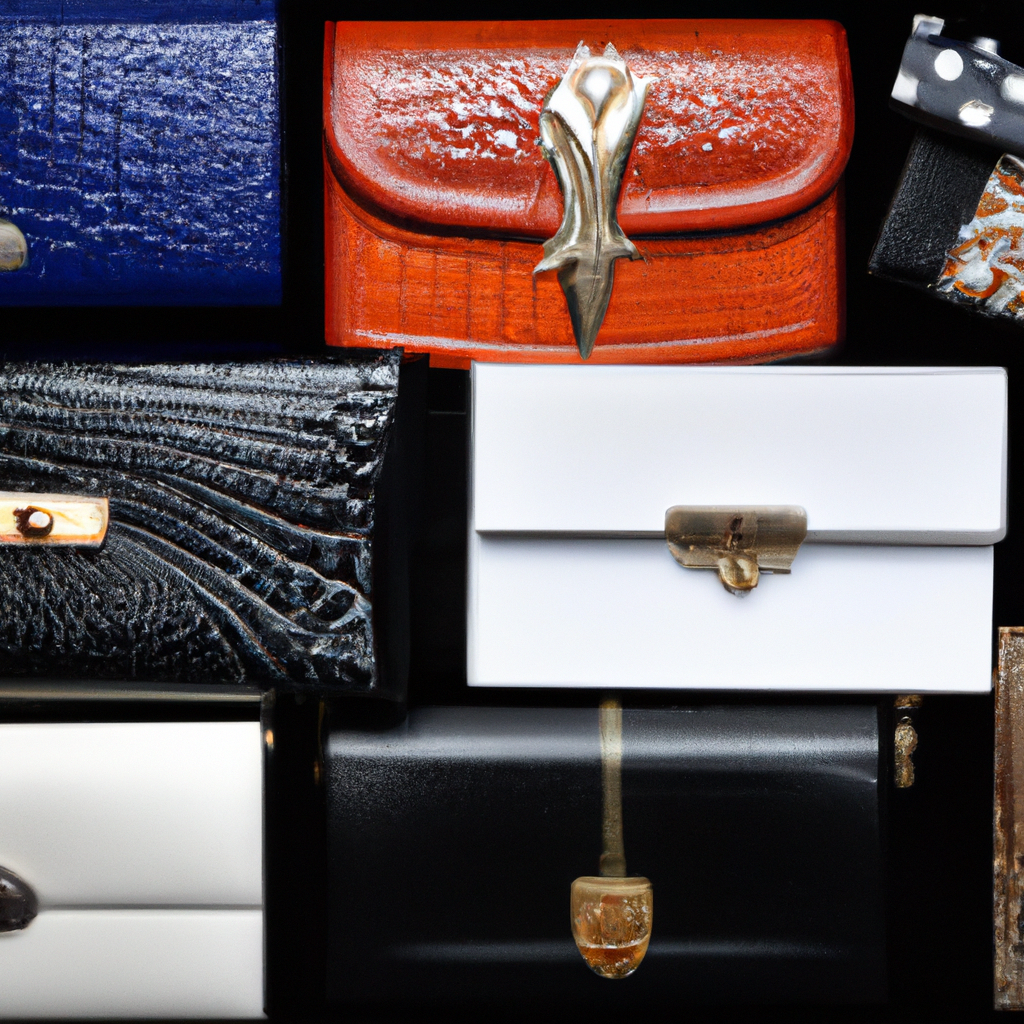The Luxury Goods Market: Recent Updates
Introduction
The luxury goods market is an ever-evolving industry that caters to the affluent population seeking exclusive and high-quality products. Over the years, this market has experienced significant growth and undergone several transformations. In this article, we will explore the latest updates and trends in the luxury goods market.
1. Rising Demand for Experiential Luxury
In recent years, there has been a shift in consumer preferences within the luxury goods market. While physical products still hold their allure, there is a growing demand for experiential luxury. High-end brands are now focusing on providing unique experiences to their customers, such as personalized services, exclusive events, and behind-the-scenes access. This trend highlights the increasing importance of creating memorable moments and connections with customers.
2. Digital Transformation
The luxury goods market has embraced digital transformation, recognizing the importance of e-commerce and online presence. Luxury brands are investing heavily in their digital strategies to reach a wider audience and provide a seamless online shopping experience. This includes creating visually appealing websites, leveraging social media platforms, and implementing innovative technologies like augmented reality to enhance the virtual shopping experience. The COVID-19 pandemic has further accelerated the adoption of digital solutions in the luxury goods market.
3. Sustainability and Ethical Practices
In recent years, sustainability and ethical practices have become key considerations for luxury consumers. There is a growing demand for transparency in the supply chain, eco-friendly production processes, and ethically sourced materials. Luxury brands are now incorporating sustainability into their core values and implementing initiatives to reduce their environmental impact. This shift towards sustainability not only aligns with the values of socially conscious consumers but also presents an opportunity for brands to differentiate themselves in the market.
4. Emerging Markets
The luxury goods market is witnessing significant growth in emerging markets, particularly in Asia. Countries like China, India, and Southeast Asian nations have seen a rise in the number of affluent consumers with a taste for luxury products. Luxury brands are expanding their presence in these markets, opening flagship stores and launching targeted marketing campaigns to cater to the growing demand. This shift in geographical focus presents new opportunities for brands to tap into previously untapped markets.
5. Personalization and Customization
Personalization and customization have become crucial elements in the luxury goods market. Consumers are seeking products that reflect their individuality and unique tastes. Luxury brands are offering customization options, allowing customers to personalize their products, whether it’s a handbag, watch, or even a luxury car. This trend not only enhances the customer experience but also fosters a sense of exclusivity and ownership.
Conclusion
The luxury goods market continues to evolve, adapting to changing consumer preferences and embracing digital transformation. The rising demand for experiential luxury, focus on sustainability, expansion into emerging markets, and emphasis on personalization are some of the key trends shaping the industry. As luxury brands navigate these updates, they have an opportunity to connect with consumers on a deeper level and create a lasting impact in the market.

